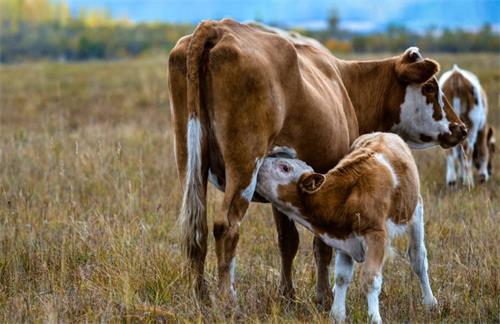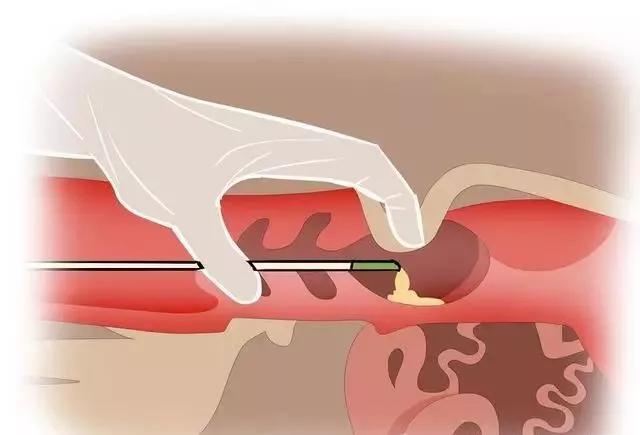From birth to breeding and mating, calves go through three periods: neonatal period, lactation period and rearing period. Grasp the key to feeding in the three periods, so that the calves can grow and develop normally, reach the standard weight when the first mating age is over 16 months, and mate and give birth in time. Before mating, use cow B-ultrasound to check whether the reproductive system of the reserve dairy cow is normal.

Neonatal period: When the calf can stand one hour after birth, it should be fed with colostrum, and at least 3 to 5 days of colostrum should be fed. Colostrum feeding should be timely, which plays an important role in the health and development of calves. It is also necessary to use cow B-ultrasound to check the gastrointestinal development of calves.
Lactation period: After 3-5 days of lactation, the calf begins to be fed with normal milk. The principle of lactation during lactation is more at the beginning and less at the end, so that the calf can gradually adapt to the feeding of concentrated and roughage. The amount of milk fed can be determined according to the feed quality. If the conditions of concentrated feed are not good, the lactation period can be extended to 4-5 months, and the amount of milk fed can be increased to about 400KG-5OOKG. If the conditions of concentrated feed are good, weaning can be done in 3 months, and the amount of milk fed can reach 300kG-4OOKG. You can also feed fermented colostrum to calves, which can save the amount of milk fed. At this stage, it is necessary to use cattle B-ultrasound to check the development of their digestive system.
Growing period: The growing period is the period of most vigorous growth and development of dairy cows. The incidence rate is low during this period. The key point of feeding and management during this period is to meet the nutritional needs of this period, especially the needs of vitamins, trace elements and proteins. It is also necessary to use cattle B-ultrasound observation during this period. It cannot be compensated after adulthood, which affects the reproduction and lactation of a lifetime. Use high-quality silage and hay when feeding. When the growing cattle are 16 to 18 months old, the weight reaches 375KG, which is normal development. Insemination can be performed during estrus.







